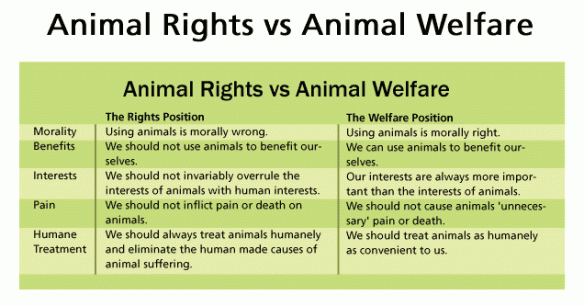Defining Nature Conservation
Wild animals live in constant peril from weather, predators, and competitors. Their plight evokes sympathy and is the most common spur that goads me into action. I agree with Aldo Leopold who concluded that survival of life on earth requires that humans accept that they are no more important than any other species.

Not bad. “Earth ethic” would indicate the shared importance of life in the oceans and on land. This ethic should encompass air, animals, plants, rivers, rocks, and sea. It seems to me that, at the time of his death, Leopold hadn’t yet fleshed out his ethics ideas. He hadn’t seen human impacts reach the catastrophic level we see today. Were he living now, Leopold would most likely be a leading conservation activist.
Few people accept Leopold’s conclusion. Most of our conservation ideas and practices developed while the needs and impacts of the human population were small compared to the extent and productivity of natural ecosystems. Climate change and other human impacts show that nature is limited. However, it is difficult for most people to shift their view to include equality for other species. Few can give up the comfort and convenience that often comes at the expense of other species whose lives we take in order to benefit our own.
But look what’s happening. The past decade’s droughts, storms, and spreading deserts show that humanity is changing the Earth. Research coming from many sources shows that worldwide animal extinctions are occurring 100 times faster than in Earth’s previous mass-extinction events recorded in the fossil record.
Extinction isn’t the only concern. Total loss of a species results after years of decline. In 2014, the World Wildlife Fund, the Zoological Society of London, and other organizations carried out an extensive analysis of more than 10,000 wildlife studies. The analysis reached a stunning conclusion: The total number of animals on Earth has declined by more than 50% since 1970.

A look at two sympathetic attitudes toward animals might help understand the different views of nature conservation. Leopold’s approach aligns with the Rights Position, and traditional conservation aligns with the Welfare Position.
 Future of Nature Conservation
Future of Nature Conservation

Having followed the news and events of the past decade, I have adopted a cautiously pessimistic attitude toward nature conservation. Nature conservation was humanity’s

Lake Karachay, Russia, has been used by the Soviet Union to dump nuclear waste for years now. The lake has several times the allowed pollutant, and 1 hour of exposure is said to be fatal to everyone (photo from lolwot.com).
great challenge for the Twentieth Century. Nineteenth Century naturalists warned about the environmental damage humans were doing (Andrea Wulff–The Invention of Nature). At the start of the Twentieth Century conservationists like U. S. President Teddy Roosevelt began setting up protective government agencies such as the National Park Service, Forest Service, and others. The Dust Bowl raised awareness of the need for conservation among farmers and schoolchildren everywhere. However, in spite of public concern, we were never able to control the ‘progress’ that inch by inch was converting nature into profits. Farmers, grazers, and loggers eroded the soils, consumed the grasslands, and cut the forests. As these enterprises grew, most of us moved to the cities and abandoned nature to for-profit businesses. Nature conservation faded from common knowledge. We are on our way to destroying most if not all of life on Earth.
With no effective controls over our population and resource use, I believe human extinction is a real possibility. A major war or disease might slow our devastation of the planet, but the only effective inhibitors of our steady destruction of nature are themselves global killers. The most likely are a great solar flare, a massive meteor, and of course, human-caused climate change. The last one, climate change, is a sure bet unless we treat it like the emergency it is and combat it with all of our resources. Our surrender to progress and profit has locked us into a global-warming cycle that will extinguish us and most other species unless we get busy and solve the problem. If we don’t, our grandchildren will inherit an impoverished world on its way toward a complete loss of human civilization.
One ray of hope comes from the predicted intensification of weather extremes. Growing storms, floods, and fires may soon force our leaders to get serious about stopping climate change. Let’s hope, and while we’re hoping, let’s work to limit progress and profit however we can.
Garry Rogers Nature Conservation Articles
- Blog Posts
- Arizona Wildlife Articles
- My Invasive Plants Articles
- My Nature Conservation Articles
- My Nature Conservation Works in Progress

